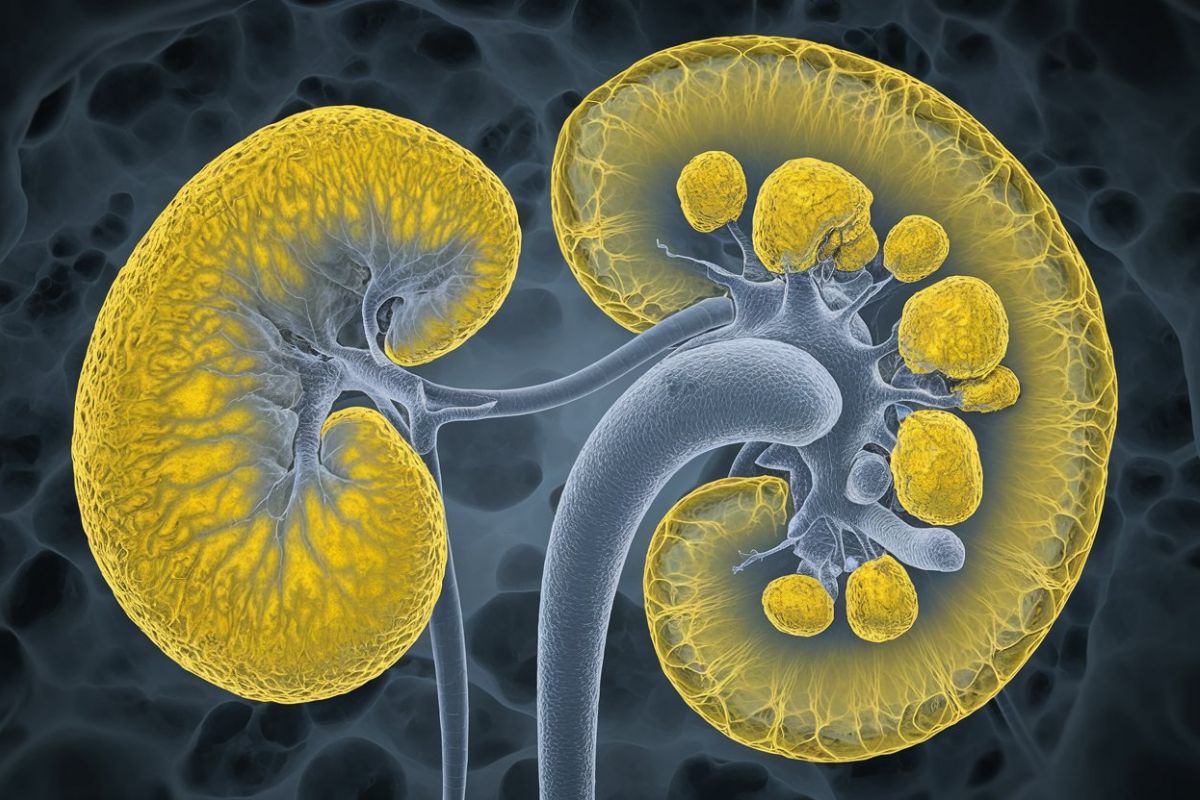
Xanthic urolithiasis might sound like a mouthful, but it’s simply a condition involving yellowish kidney stones. These stones form when certain substances in urine crystallize. Why should you care? Because understanding this condition can help you prevent it. Imagine experiencing severe pain in your lower back or abdomen, nausea, or even blood in your urine. Not fun, right? Knowing the facts about xanthic urolithiasis can help you recognize symptoms early, seek treatment promptly, and make lifestyle changes to avoid future issues. From dietary tips to medical treatments, we’ll cover everything you need to know about this condition. Ready to learn more? Let’s dive in!
Key Takeaways:
- Xanthic urolithiasis, characterized by yellowish stones in the urinary tract, can cause severe pain, blood in urine, and frequent urination. Genetic mutations, dietary factors, and dehydration are key causes and risk factors.
- To prevent xanthic urolithiasis, stay hydrated, limit purine-rich foods, and maintain a healthy weight. Regular medical check-ups and following doctor's advice on medications and dietary changes are crucial for managing the condition.
What is Xanthic Urolithiasis?
Xanthic urolithiasis is a rare medical condition involving the formation of yellowish stones, or uroliths, in the urinary tract. These stones can cause significant discomfort and lead to various complications if not treated. Here are some fascinating facts about this condition.
-
Xanthic urolithiasis derives its name from the Greek word "xanthos," meaning yellow, due to the color of the stones.
-
These stones are primarily composed of xanthine, a substance that is a byproduct of purine metabolism.
-
Xanthine stones are less common than other types of urinary stones, such as calcium oxalate or uric acid stones.
-
This condition can be genetic, often linked to a deficiency in the enzyme xanthine oxidase.
-
Xanthine oxidase deficiency leads to an accumulation of xanthine in the body, which then crystallizes to form stones.
Symptoms of Xanthic Urolithiasis
Recognizing the symptoms early can help in managing the condition effectively. Here are some common signs to look out for.
-
Severe pain in the lower back or abdomen is a typical symptom of xanthic urolithiasis.
-
Hematuria, or blood in the urine, can occur due to irritation caused by the stones.
-
Frequent urination and a persistent urge to urinate are also common symptoms.
-
Nausea and vomiting may accompany the pain, especially if the stones cause a blockage.
-
Urinary tract infections can develop as a complication of xanthic urolithiasis.
Causes and Risk Factors
Understanding what causes xanthic urolithiasis can help in prevention and treatment. Here are some key factors.
-
Genetic mutations in the xanthine dehydrogenase gene are a primary cause.
-
Dietary factors can influence the formation of xanthine stones, particularly diets high in purines.
-
Dehydration increases the risk as it leads to more concentrated urine, which can promote stone formation.
-
Certain medications can contribute to the development of xanthine stones.
-
Underlying medical conditions, such as gout, can increase the risk of xanthic urolithiasis.
Diagnosis of Xanthic Urolithiasis
Accurate diagnosis is crucial for effective treatment. Here are some methods used to diagnose this condition.
-
Urine analysis can detect the presence of xanthine crystals.
-
Blood tests may reveal elevated levels of xanthine.
-
Imaging techniques, such as ultrasound or CT scans, help visualize the stones.
-
Genetic testing can identify mutations in the xanthine dehydrogenase gene.
-
Stone analysis after removal can confirm the composition of the stones.
Treatment Options
Several treatment options are available for managing xanthic urolithiasis. Here are some common approaches.
-
Increased fluid intake helps dilute the urine and prevent stone formation.
-
Dietary modifications, such as reducing purine intake, can be beneficial.
-
Medications may be prescribed to manage pain and prevent infections.
-
Surgical procedures, like lithotripsy, can be used to break up larger stones.
-
Enzyme replacement therapy is an option for those with xanthine oxidase deficiency.
Prevention Tips
Preventing xanthic urolithiasis involves lifestyle changes and medical management. Here are some tips to help reduce the risk.
-
Stay hydrated by drinking plenty of water throughout the day.
-
Limit foods high in purines, such as red meat and certain seafood.
-
Regular medical check-ups can help monitor and manage risk factors.
-
Maintain a healthy weight to reduce the strain on the urinary system.
-
Follow your doctor's advice regarding medications and dietary changes to keep xanthic urolithiasis at bay.
Final Thoughts on Xanthic Urolithiasis
Xanthic urolithiasis, a condition involving yellowish kidney stones, can be quite a challenge. Understanding its causes, symptoms, and treatments is crucial for managing it effectively. These stones form due to various factors like diet, genetics, and hydration levels. Symptoms often include severe pain, blood in urine, and frequent urination. Treatments range from increased fluid intake and dietary changes to medical procedures like lithotripsy or surgery.
Knowing these facts helps in early detection and better management. If you suspect you have xanthic urolithiasis, consult a healthcare professional promptly. Staying informed and proactive can make a significant difference in your health. Remember, prevention is often easier than treatment. So, keep hydrated, maintain a balanced diet, and stay vigilant about any unusual symptoms. Your kidneys will thank you!
Frequently Asked Questions
Was this page helpful?
Our commitment to delivering trustworthy and engaging content is at the heart of what we do. Each fact on our site is contributed by real users like you, bringing a wealth of diverse insights and information. To ensure the highest standards of accuracy and reliability, our dedicated editors meticulously review each submission. This process guarantees that the facts we share are not only fascinating but also credible. Trust in our commitment to quality and authenticity as you explore and learn with us.
